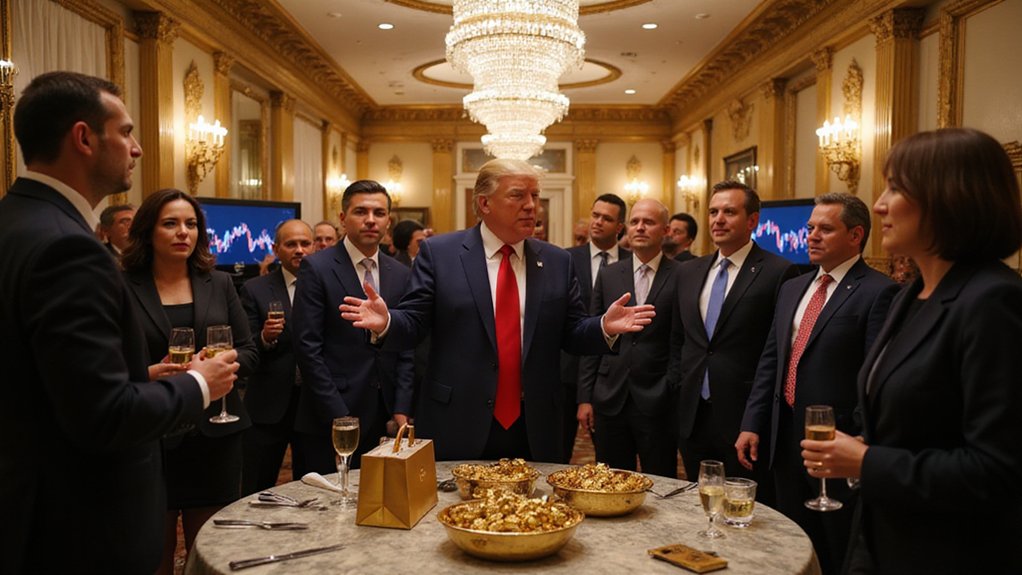The framework tackles regulatory fragmentation head-on, proposing clear responsibility allocation between the SEC and CFTC for crypto market oversight. This coordination addresses the industry’s long-standing complaint about regulatory uncertainty—a legitimate grievance that has hampered institutional adoption and stifled innovation.
The report endorses concrete legislative measures, including the GENIUS Act for stablecoin regulation and the bipartisan Clarity Act for market structure, suggesting Trump’s team understands that executive enthusiasm alone cannot substitute for Congressional action.
Executive enthusiasm alone cannot substitute for Congressional action when building comprehensive crypto regulatory frameworks.
Perhaps most intriguingly, the document embraces decentralized finance (DeFi) as a priority area, recommending regulatory sandboxes to accommodate these permissionless protocols without bureaucratic strangulation. This represents a thorough understanding of crypto’s technical evolution, moving beyond Bitcoin’s simplicity to acknowledge DeFi’s complex smart contract ecosystems. DeFi’s reliance on smart contracts creates autonomous financial machinery that operates without traditional intermediaries, fundamentally reimagining how financial services function.
The report emphasizes consumer protection alongside innovation—a delicate balance that previous administrations struggled to achieve. Modernized anti-money laundering rules and “fit-for-purpose” market structures suggest genuine regulatory maturity rather than mere promotional rhetoric. The 166-page report represents the most comprehensive digital assets policy document ever produced by the White House.
Yet the document’s most telling aspect may be what it omits entirely. The facts reference a “controversial federal digital” initiative that the report significantly excludes, leaving readers to wonder what politically sensitive topic the administration deemed too contentious for inclusion. This omission becomes particularly curious given Trump’s otherwise maximalist approach to crypto advocacy.
The administration’s Digital Assets Working Group, established immediately post-inauguration, signals serious policy intent beyond campaign promises. However, the gap between regulatory ambition and Congressional reality remains substantial. Users encountering broken links or removed policy documents may need to navigate back to official government pages for the most current information.
While Trump can roll back enforcement actions and establish working groups, extensive crypto legislation requires bipartisan cooperation—something increasingly rare in Washington’s polarized environment.
The framework represents a remarkable pivot from crypto skepticism to enthusiastic endorsement, though its ultimate success depends on implementation details that remain frustratingly opaque.








